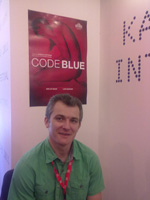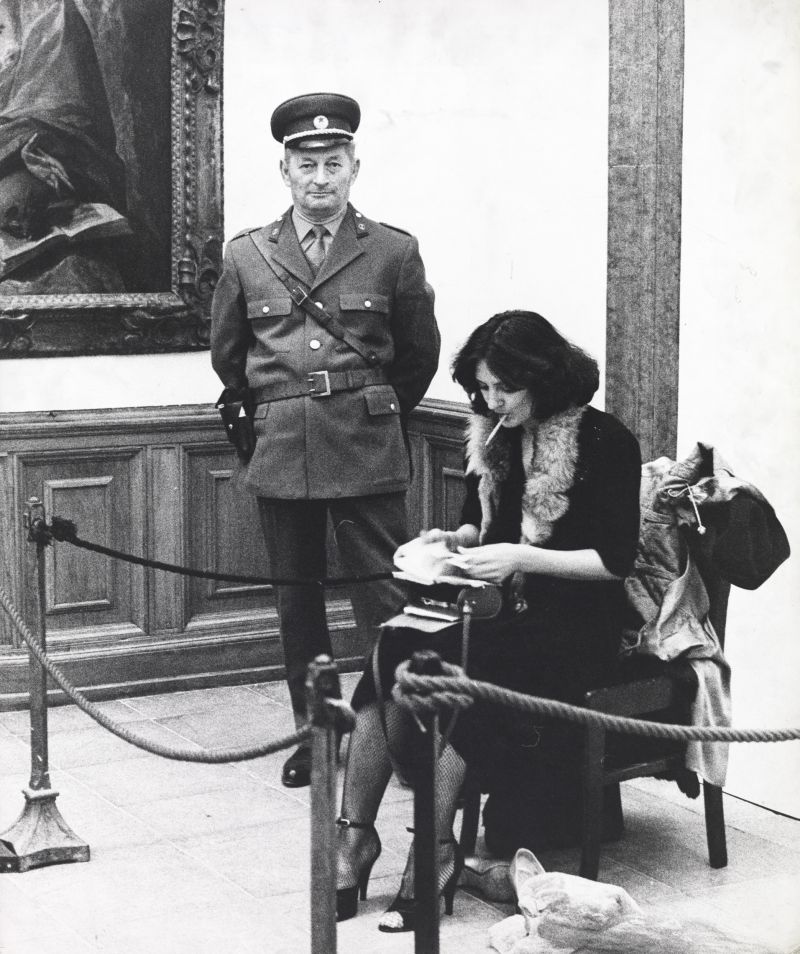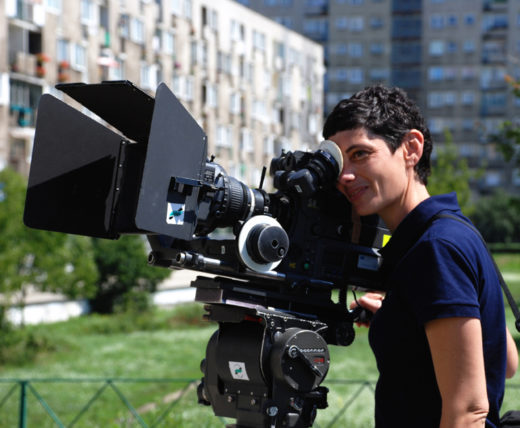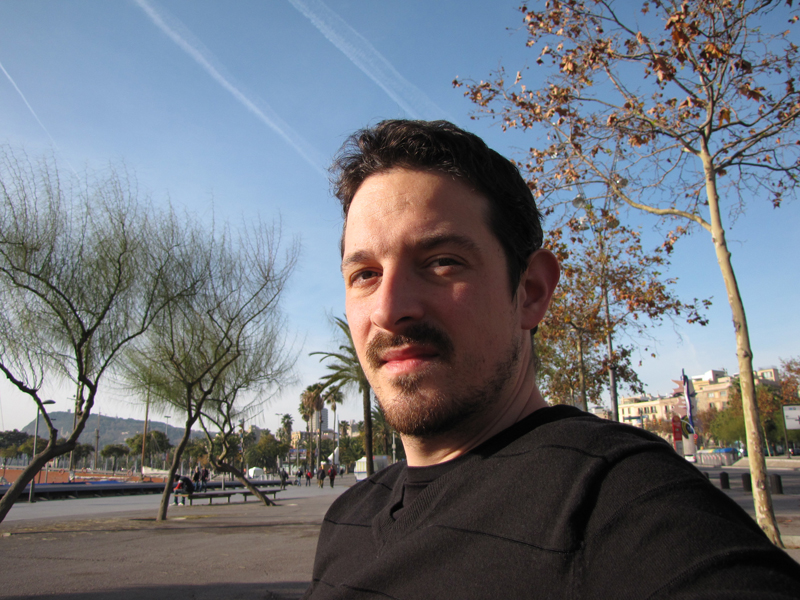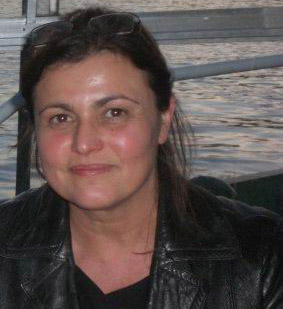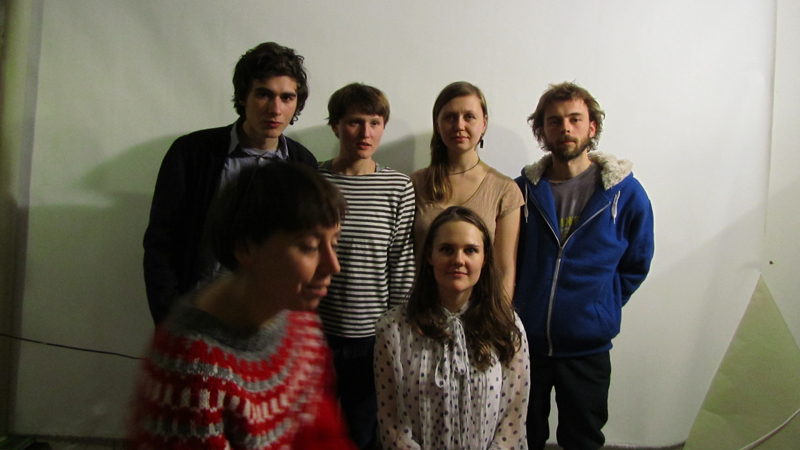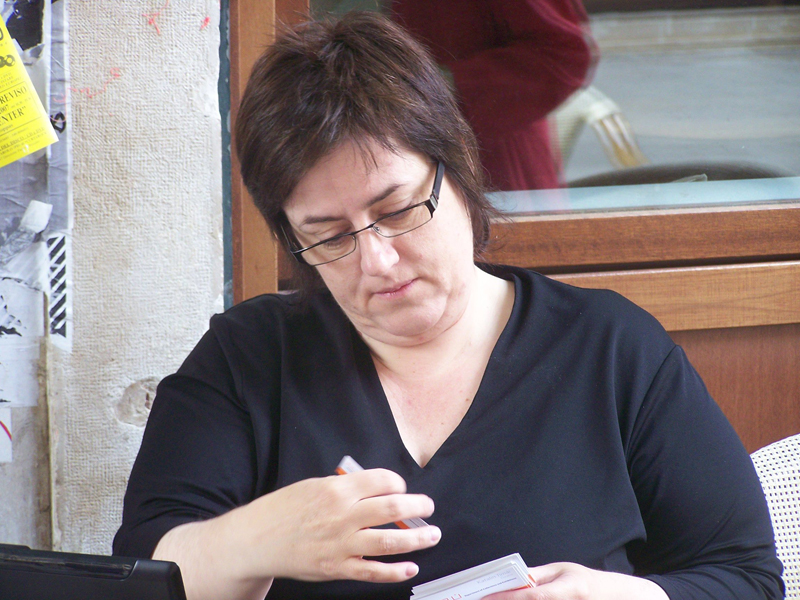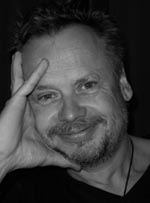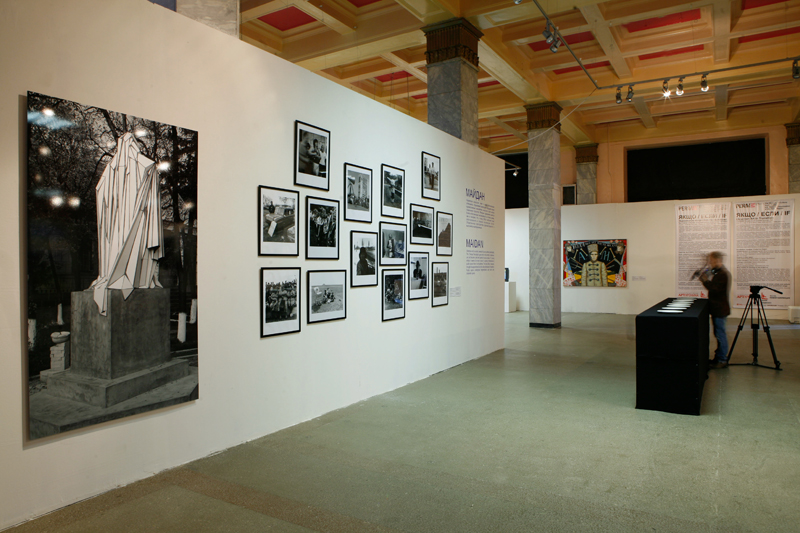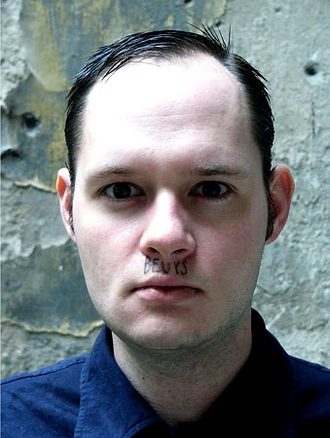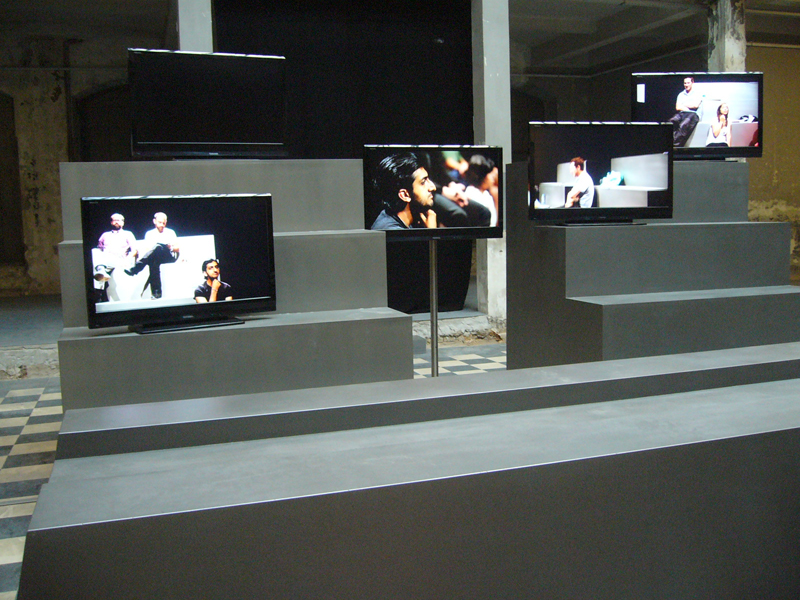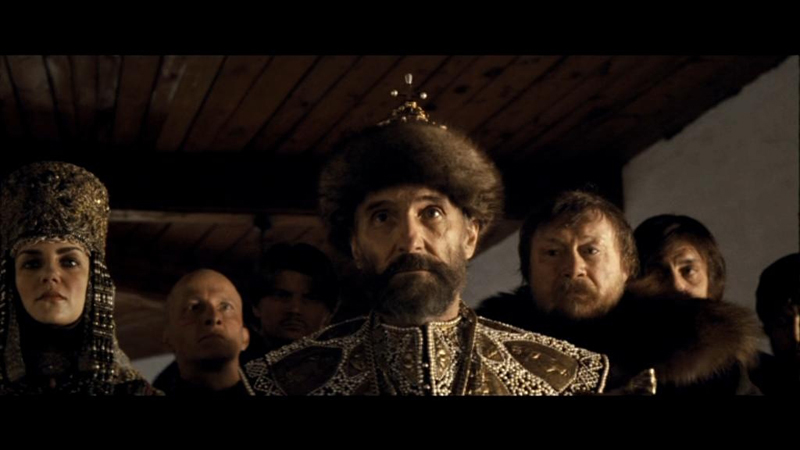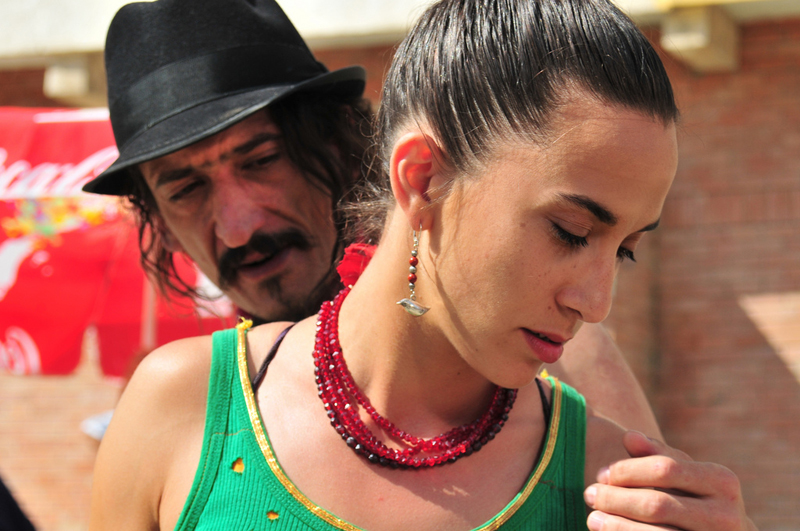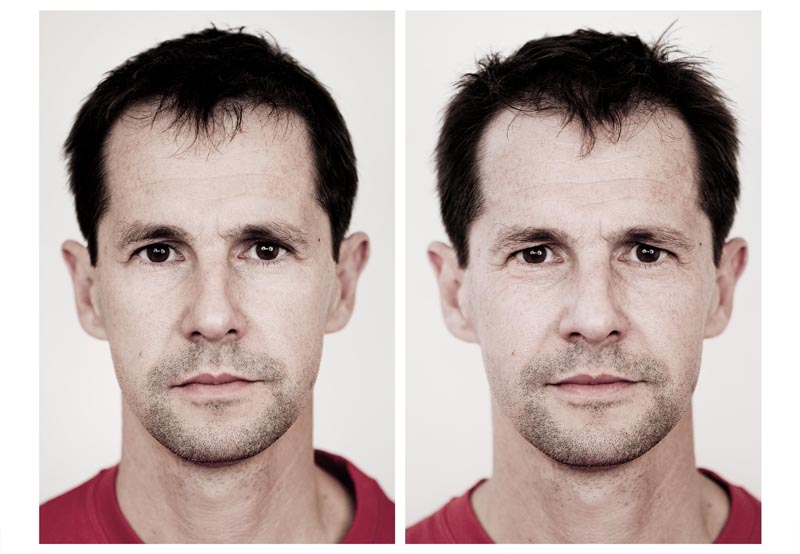Interview with Karel Och
The International Film Festival (Mezinárodní filmový festival Karlovy Vary) is held annually in the Western Bohemian spa town of Karlovy Vary, (formely also known as Karlsbad). This A-festival in the last 15 years gained worldwide recognition and has become one of Europe’s major film events. Notable programme sections are East of the West (a selection of films from the former Soviet bloc) and an overview of the Czech and Slovak films made during the past year. Natscha Drubek talks to Och about the festival. http://www.kviff.com/en/news/
Made during the 46th edition of the International Film Festival Karlovy Vary, Czech Republic, in … Read more

